I recently visited Copenhagen during 3 Days of Design. It was wonderful. I hope to go back.
A highlight was the ‘chair hall’ at the museum of design. For some reason I didn’t take pictures, but these are better anyway:
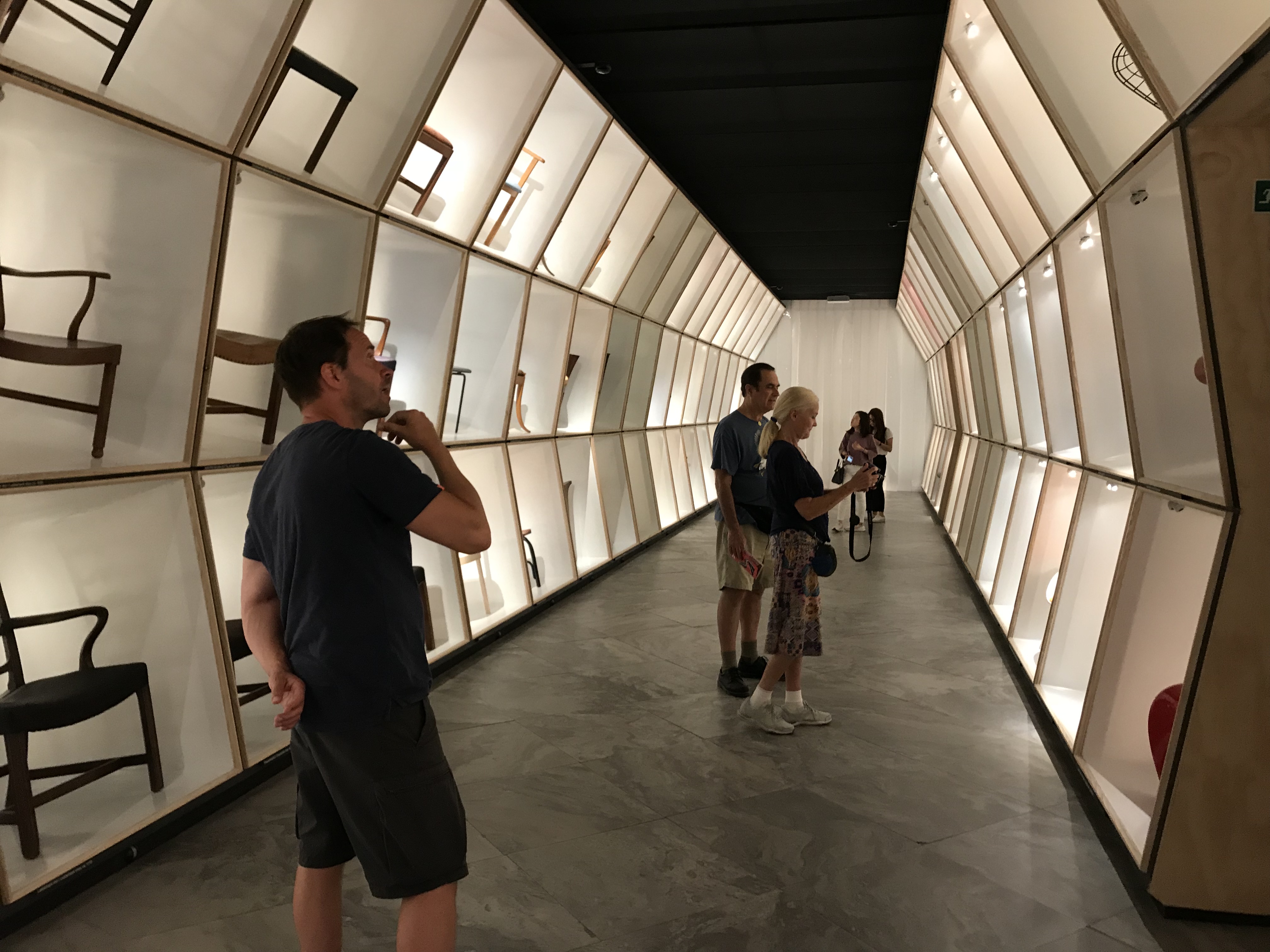
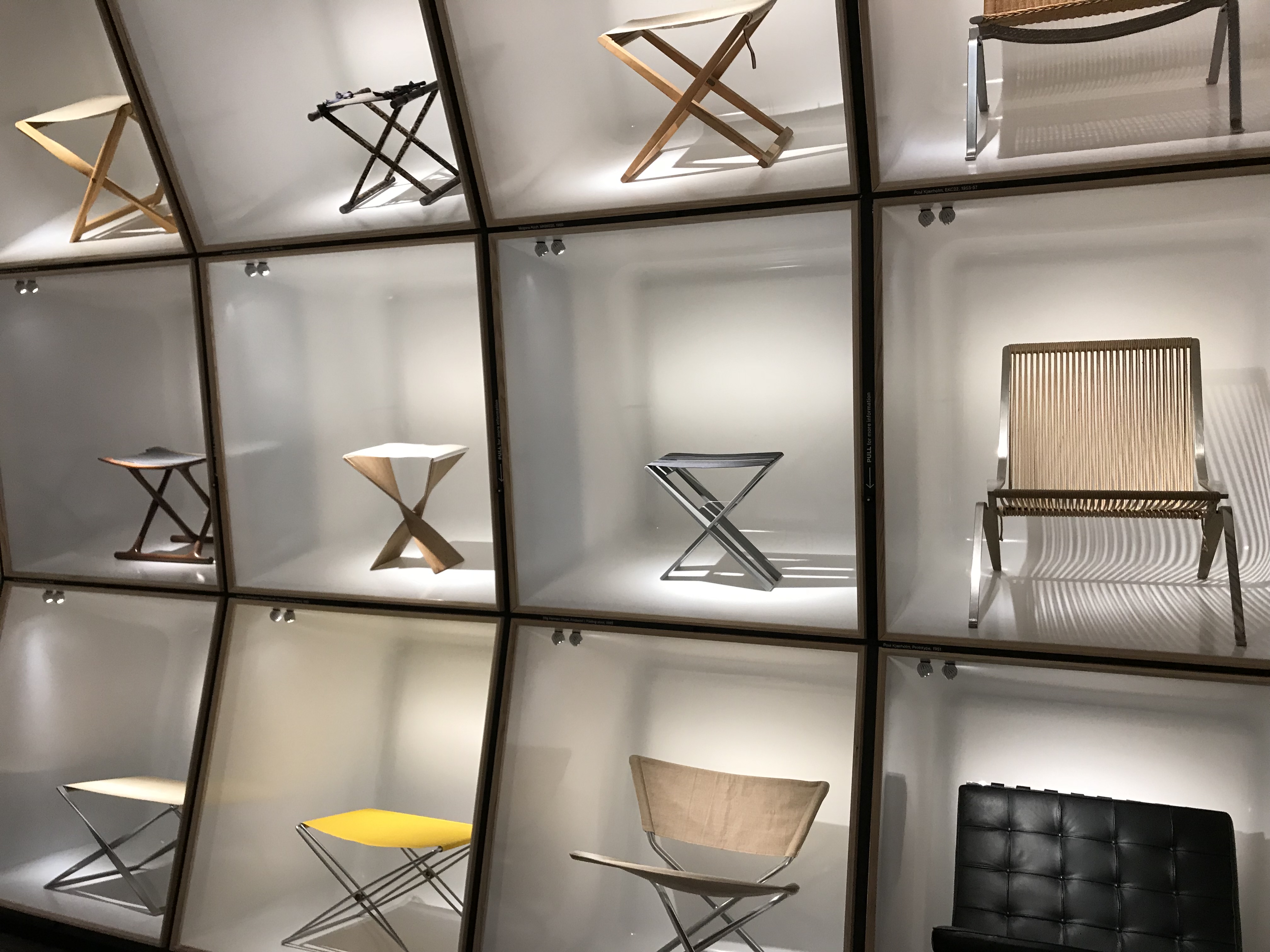
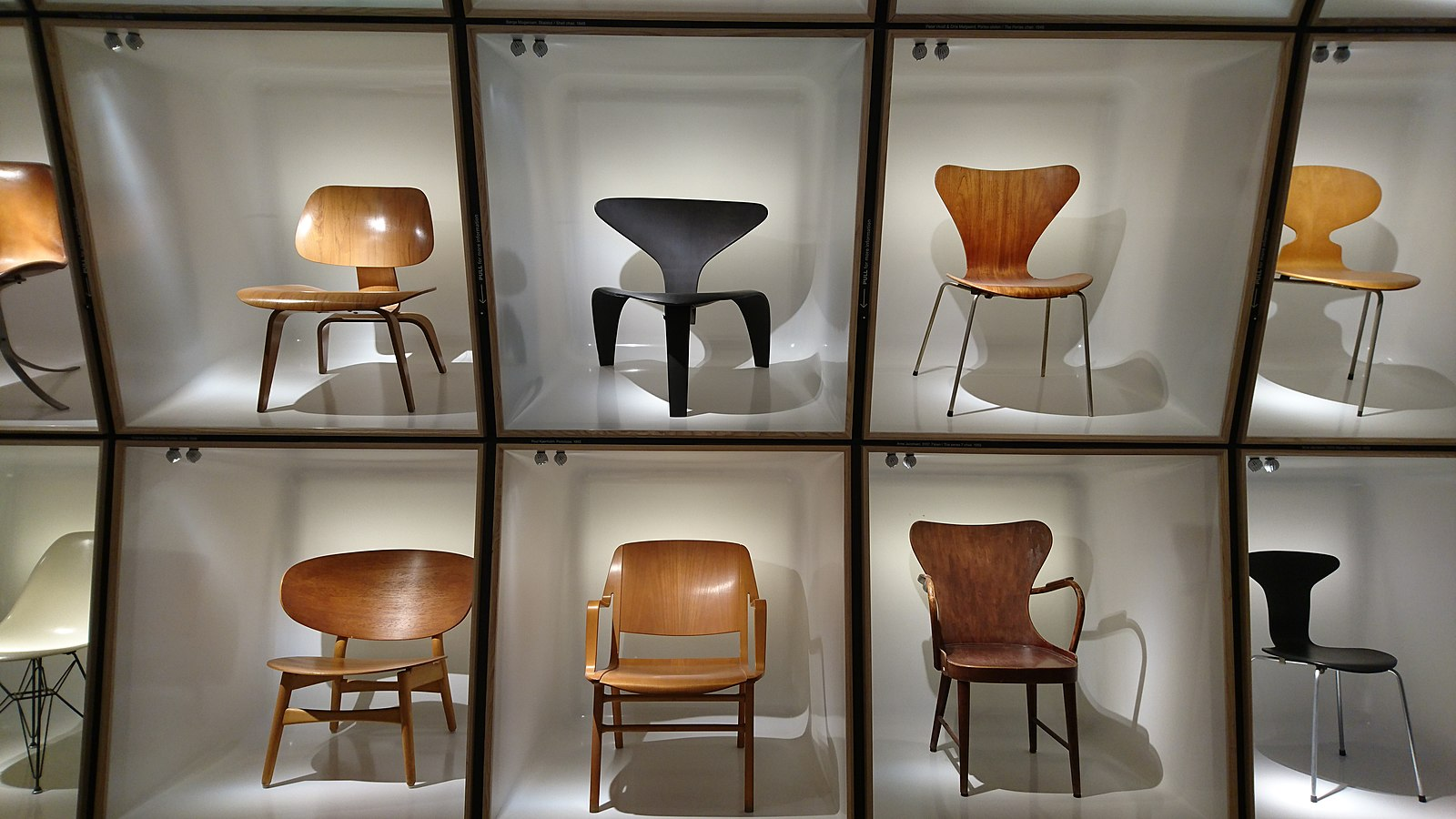
Our host / guide provided succinct and compelling context to several of the individual designs and to the design of the hall itself (the walking tour had several locations to visit and we were in a rush to cross to a studio across the street to hear from the designer of the chair hall).
The hall showcases perhaps seventy different Danish chair designs - often pulling inspiration from other parts of the world or from prior Danish designs, then honing the form into something resource efficient, meticulously crafted, and new. Altogether, I experienced the arrangement as the product of a persistent multigenerational quest for the perfect chair; some experiments diverged horizontally into new materials or techniques, many sought out new forms by leaning deeper into traditional methods. In aggregate, while each was distinct, they coalesced to provide an aggregate directional impression of a well-designed chair. I’m hesitant to say the chairs shared ‘an aesthetic’ (many chairs looked strikingly different) — but there was visual evidence of a shared design ethos (which I think is an importantly different thing in a way I’ll have to try and articulate another time).
This combination of experimental range and ethos-coherence pervaded my experience the city. Structures were a mix of highly traditional, highly modern, and industrial (converted to non-industrial uses), but seldom (to my eyes) jarred or conflicted with overall impression of the city. There was stylistic range but visual coherence. The streets were full of fashionable outfits, some casually so, others more experimental (this was certainly influenced somewhat by the design events), but still somehow cohesive.
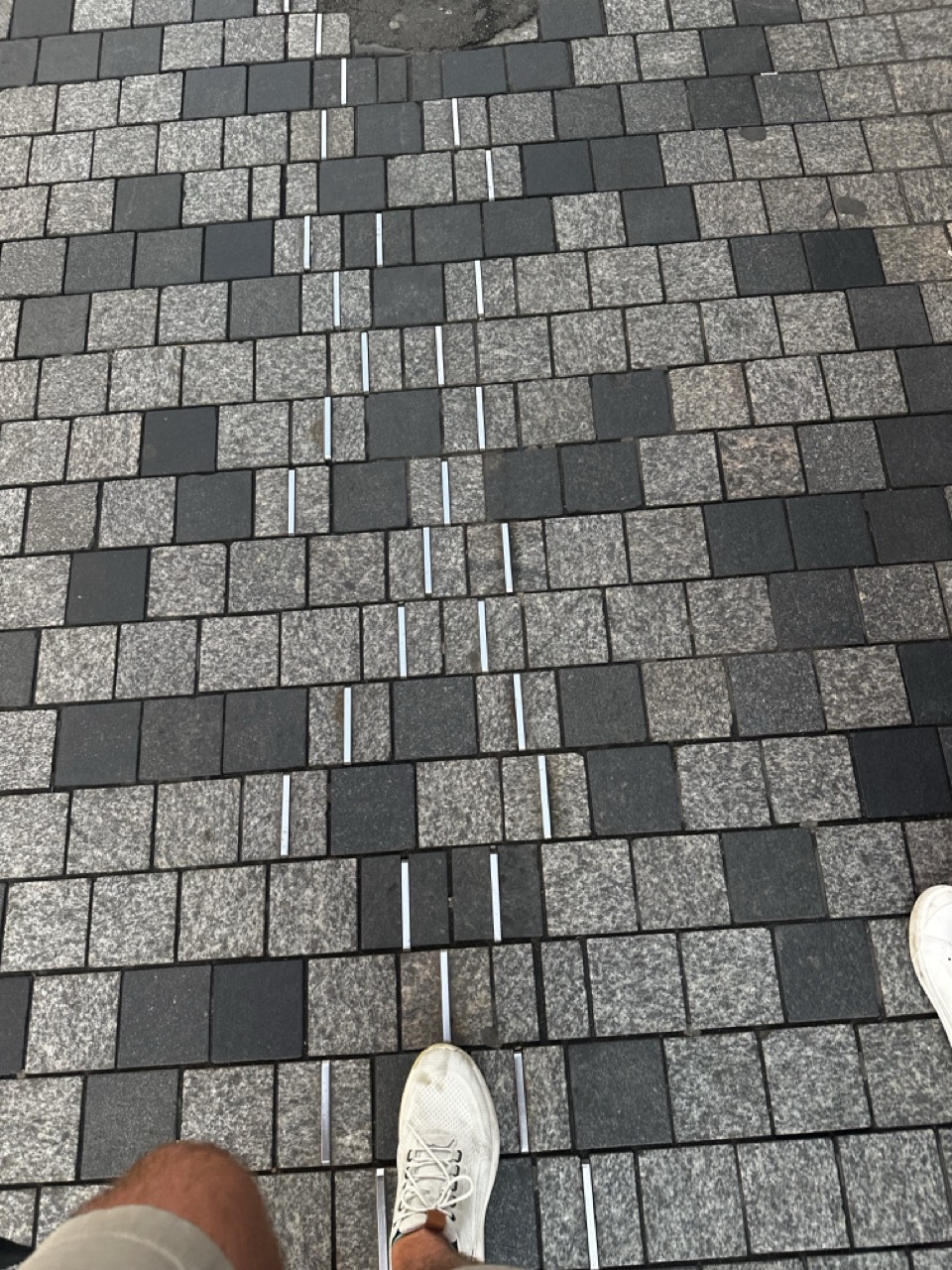


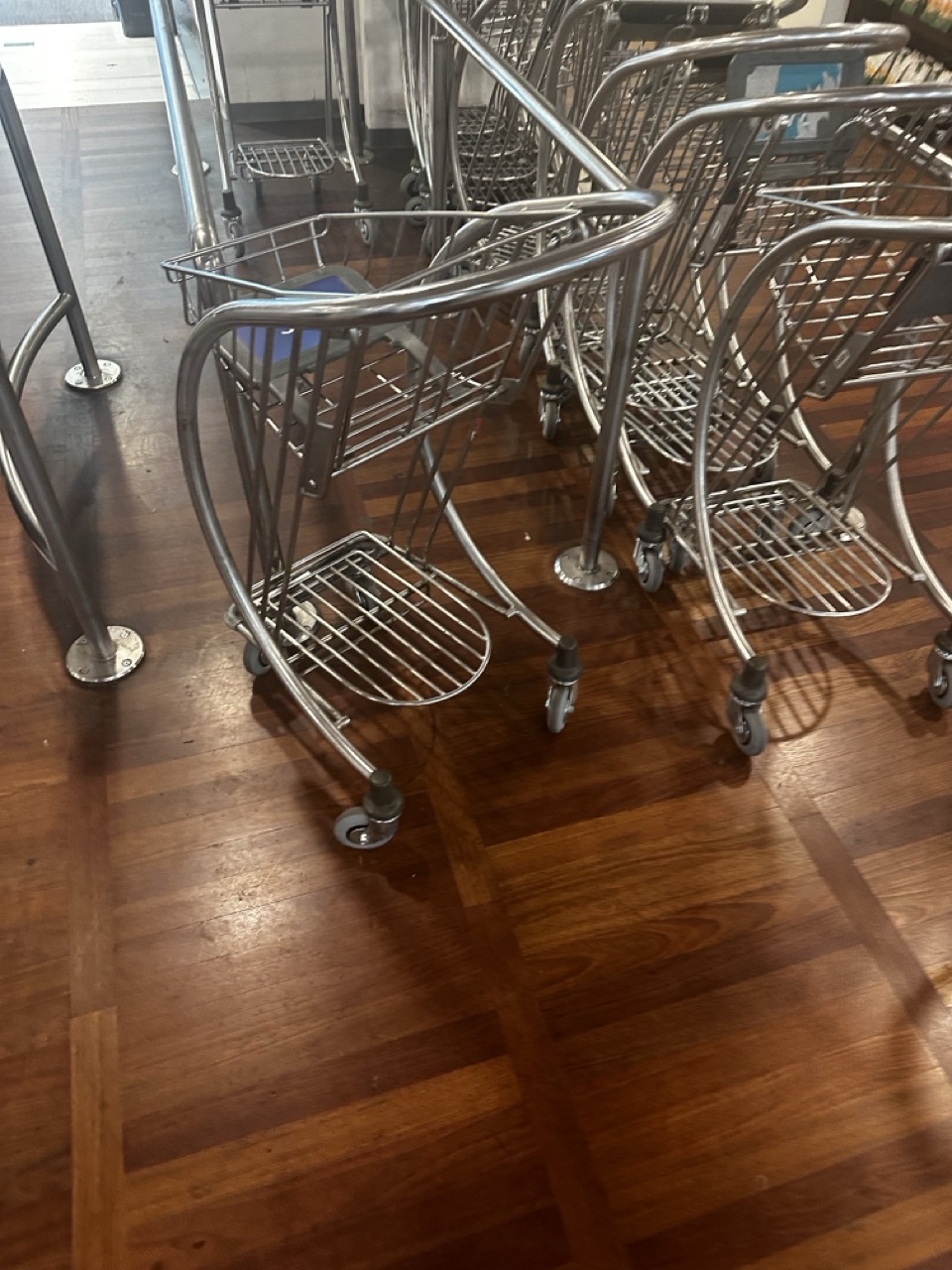
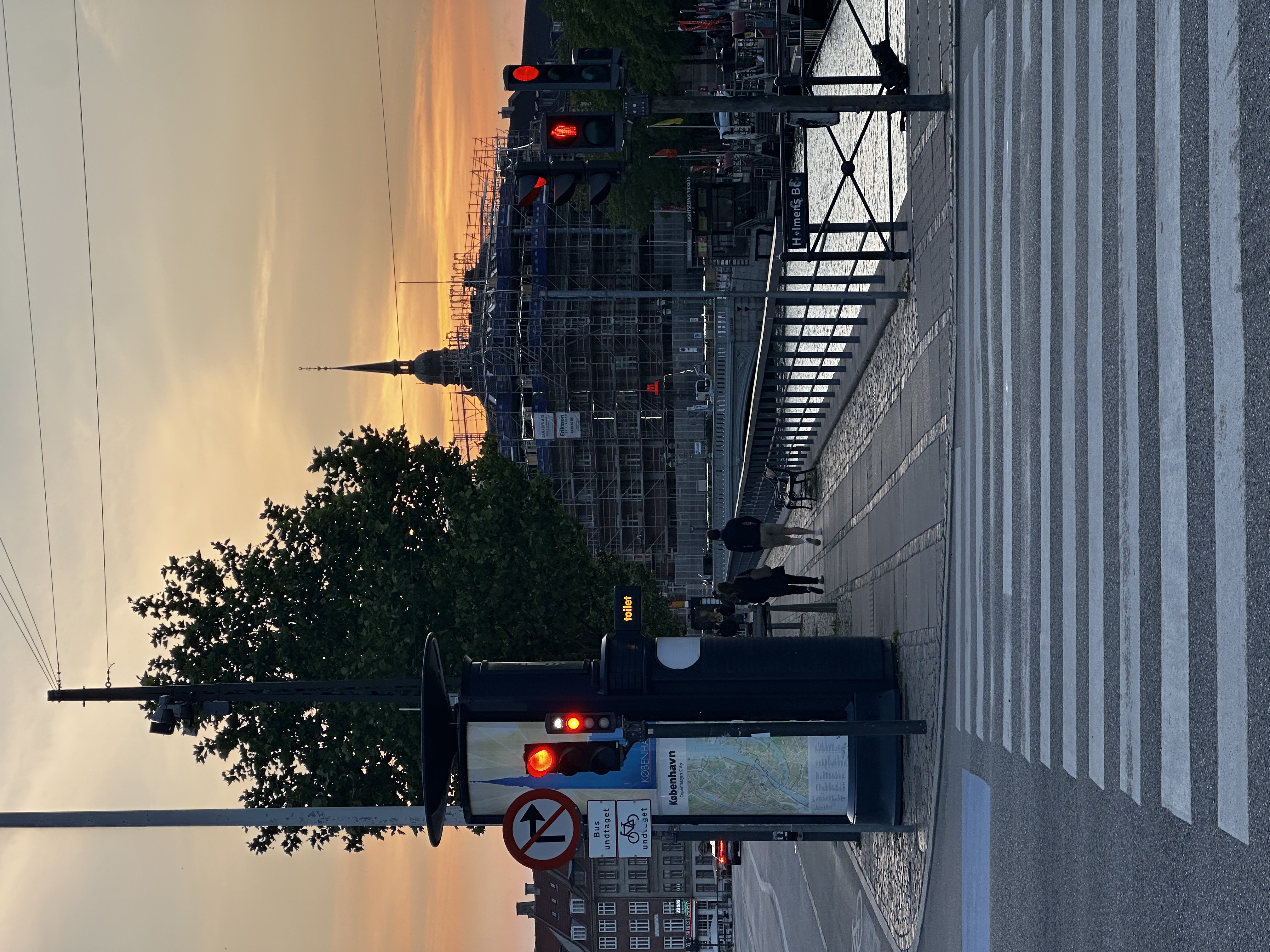
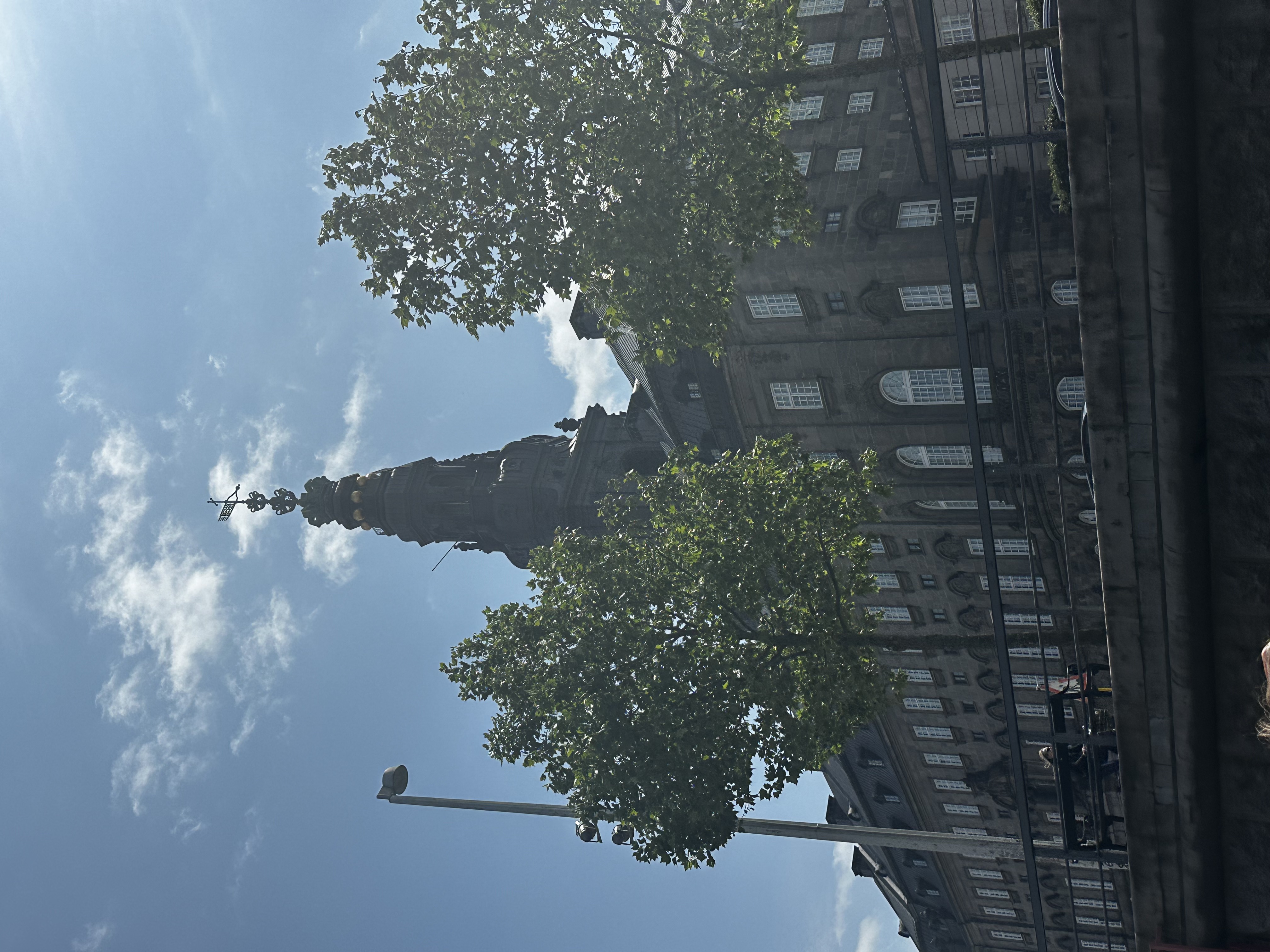

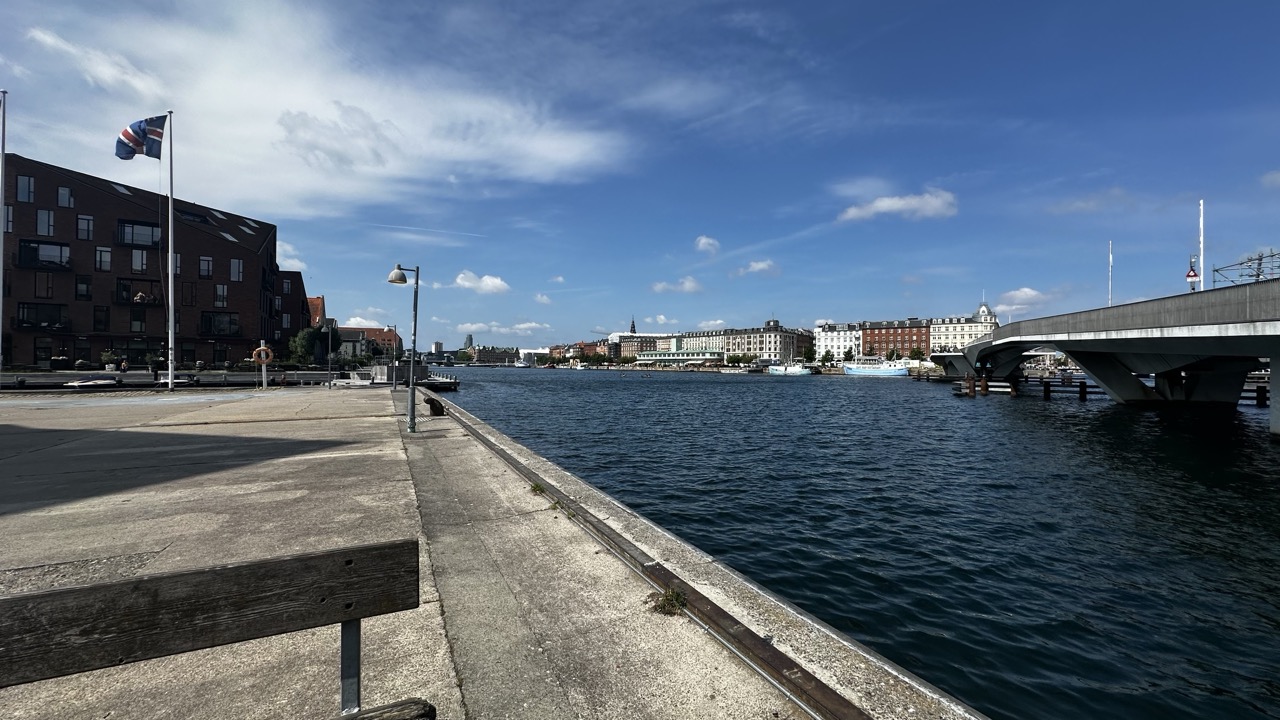


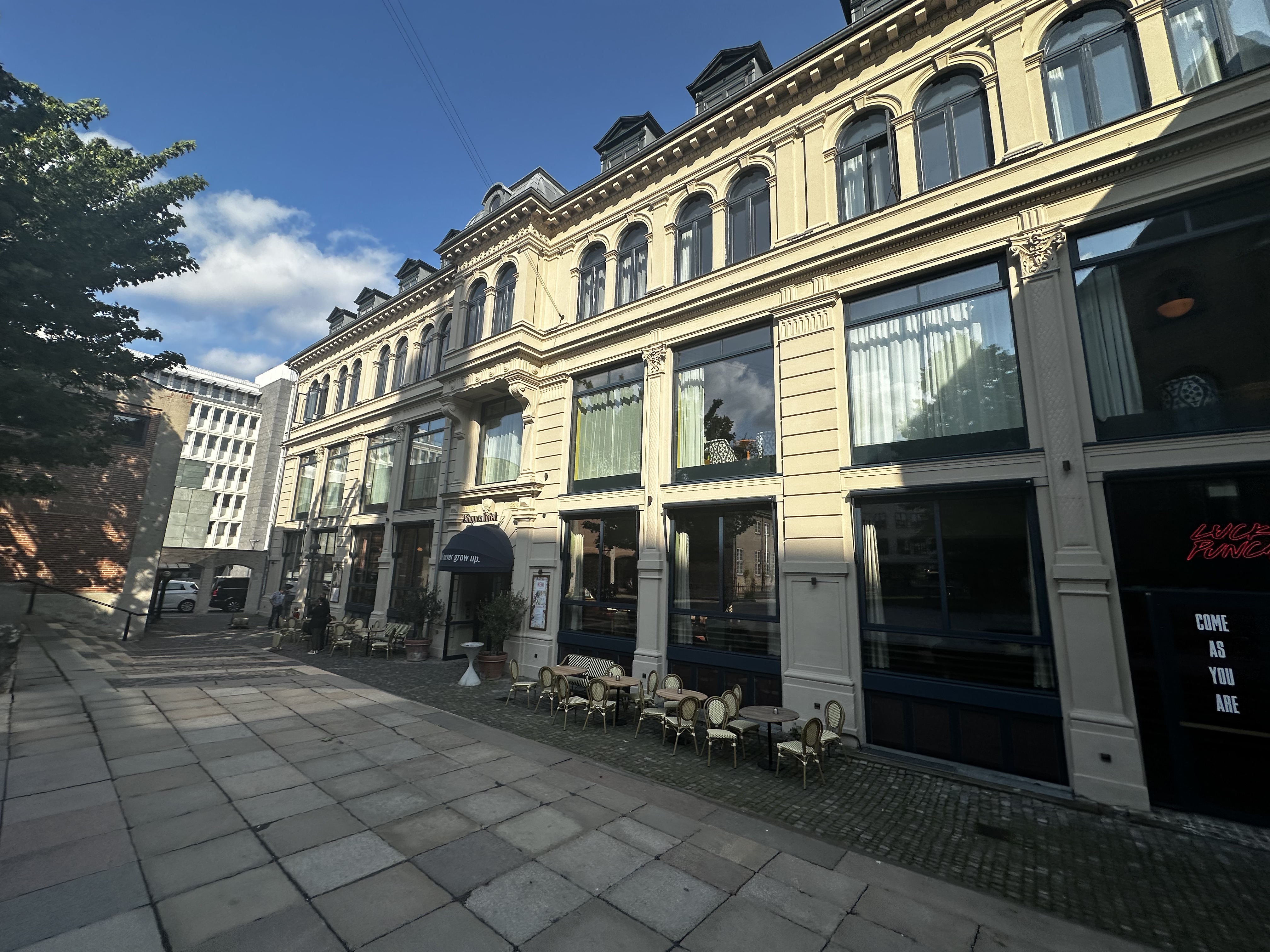
Perhaps this should be unsurprising - e.g. it’s easy to pick out an American in a foreign country, regardless of what state they are from. Analogously, to some extent, it should be unsurprising that Danish architecture, design, and streetwear have, on first impression both a lot of range and a strongly shared ethos.
Yet it did surprise me, strongly so, and in a way that visits to many other countries and cities have not.
I suspect this is the result of a combination of factors, which I’ll hypothesize below. Note that, I have, at this point, not read or discussed this with anyone knowledgeable about the design-history of Denmark and look forward to comparing the hypothesis based on my initial impressions (just a few days) with e.g. the massive volume of content on the history of Danish design that definitely already exists. So, I’m hypothesizing that all the factors are relevant here:
- Copenhagen is ‘steeped’ in design - like, if you live there and don’t even explicitly care about design, then you’re still going to pick up some habits and knowledge as a product of living there
- maybe this means folks who live there and don’t explicitly care about design just tend to habitually follow some aesthetic trends closely or buy clothes from what is already a tasteful selection or just develop a sense of taste that suits the context out of necessity
- independent of this, I have to imagine more people per-capita in copenhagen are interested in design on the whole (in a way that’s more than just due to the centrality of the industry / is culturally upstream of that)
- Experimentation is encouraged, but standards of craft are high (independent of method) and resource efficiency is universally appreciated
- I’m sure I’m missing other implicit or explicit standards of the culture or design philosophy, but those seemed quite clear.
- I think experimentation firmly constrained by those two standards (craft and resource efficiency) is enough to provide some sense of a shared ethos across designs, but I don’t think it’s the whole explanation
- ‘ethos coherence’ is itself valued
- I don’t know what this means yet, but I think it’s distinct from aesthetic coherence (but may overlap). Like, I think you could really invent or develop a really radical new style in copenhagen (I assume this happens) if it was demonstrably rooted in some meaningfully shared design values (and somehow enabled the viewer see that underlying similarity when juxtaposed with other styles in a space).
- This is really an area where I’d need to dig into historical case studies and speak to people about the culture, but it’s the most interesting question for me.
I’m not altogether sure what lessons to take away from this yet, if any at this time, though some brief initial reactions follow.
I recently read In Praise of Pastiche by Sam Hughes and, after visiting Copenhagen, I’m definitely more dis-believing that pastiche (in the sense used by the author) is necessary for continuity of experience or visual coherence. To be sure, there was use of ‘pastiche’ (in the sense Sam Hughes refers to - i.e. things like the use of familiar facade patterns where not structurally necessary, to keep a sense of aesthetic continuity between e.g. older and newer structures).
Still, the contemporary or modernist structures and buildings were so successful at integrating with the larger experience of the city, that I don’t think the key tool here is pastiche. Perhaps my taste here is already past some point of trained-to-be-detached-from-the-vernacular because I spent time in design school, and others would not consider them successful, but I don’t think so (open question - not sure if there’s survey data on public opinion of Copenhagen’s architecture separated out by style or representative structures). I suspect that, instead of pastiche as the missing element of other cities, the limiting factor is simply ‘skill in designing forms that still somehow take into account the surrounding aesthetic context and perhaps share some of the same ethos despite being built in a completely different style.’ This is actually also a point that Hughes makes here, namely, that we should more broadly utilize styles that are easy to replicate beautifully - e.g. “Palladian footsoldiers” - not comparably brittle styles which require exceptional skill to execute beautifully or even tolerably. Perhaps Copenhagen has so much design talent that it simply need not resign itself to easy-to-use styles in this sense. Perhaps that is the real aspiration / lesson to take away —- i.e. instead of fretting over what styles should prevail (e.g. too much blockish glass modernism and not enough ornament or traditionalism in public spaces - which I hear regularly) we should fret over the production of more talent to wrangle, span, integrate, cut across, and develop wholly new styles.
I should lastly note - it was not a tall city - I saw no skyscrapers while there (I think there are a few in Copenhagen, but not central). This was an enjoyable feature - especially when visiting in the summer. Still, Brian Potter has me wondering what our world would look like if buildings climbed in response to demand - and Copenhagen was certainly expensive.
Regardless, I was delighted by the city and hope to return soon.